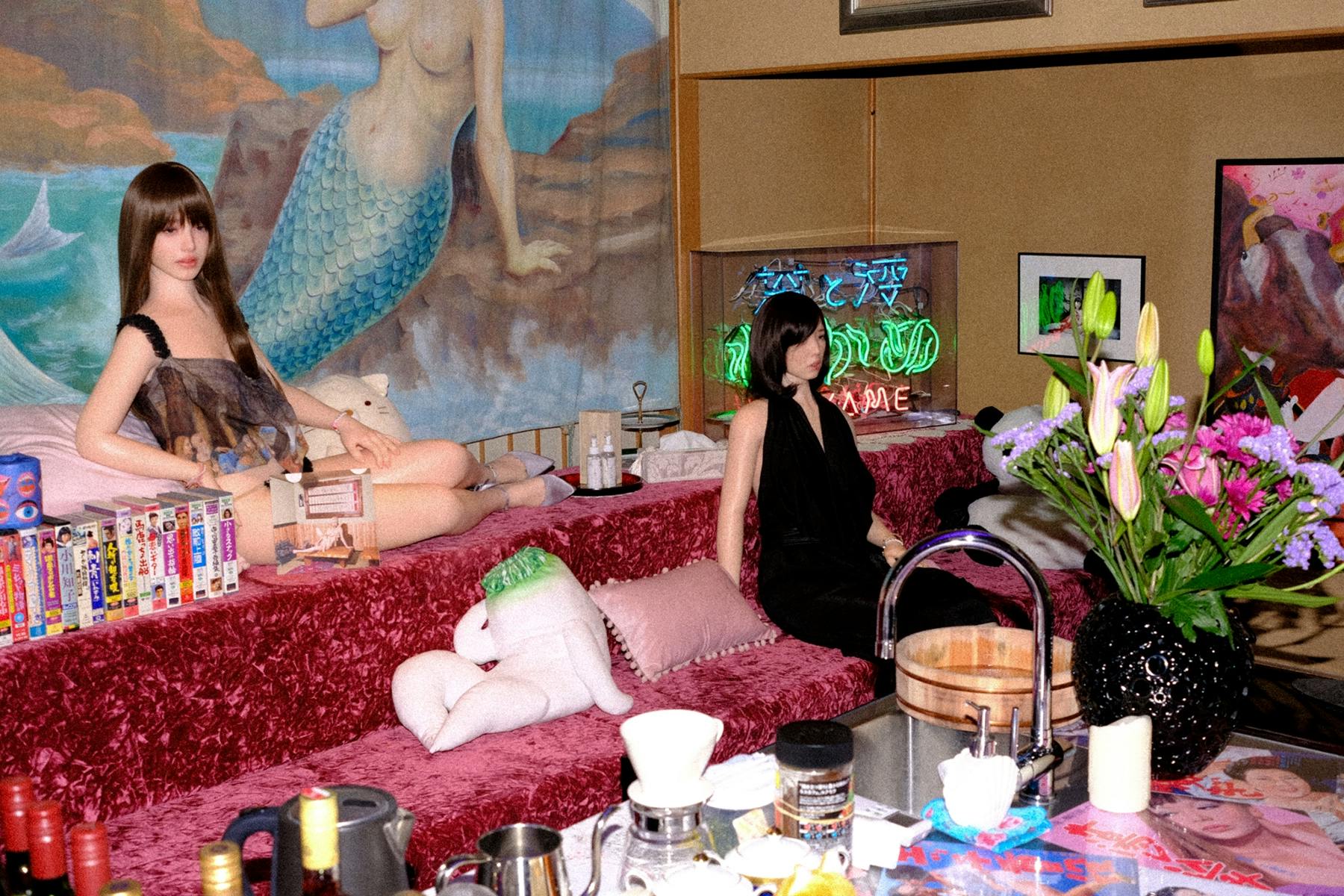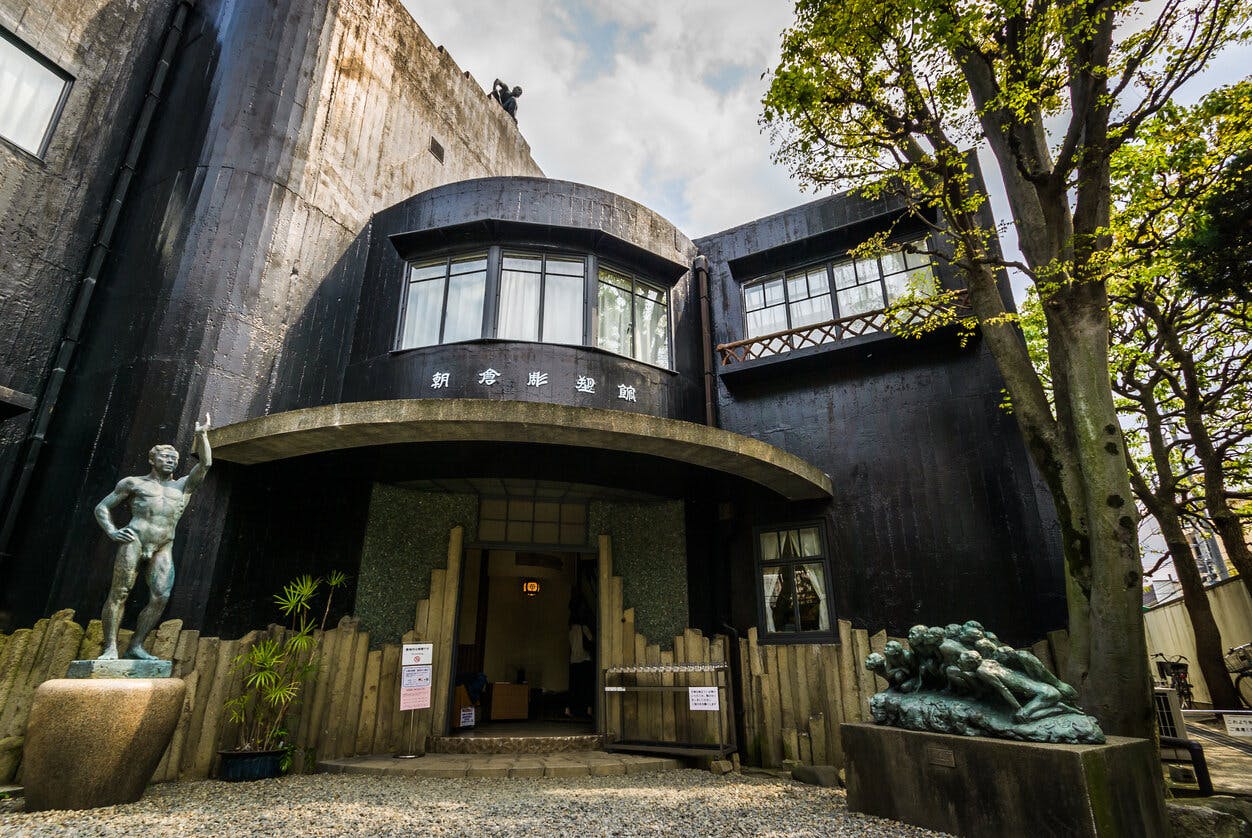
The Musuem of Roadside Art
Cult Editor and Photographer Kyoichi Tsuzuki travelled the countryside of Japan collecting relics of closing Sex Museums, art made by everyday moms, and roadside travelling shows to create this eclectic museum, which also houses a bar and karaoke room.


"Fashions come and go, the pendulum swings. In this world of uncertainty, the ongoing revival of the Showa era (1925 -1988), returns us to a more optimistic age. Icons of the period abound in any city or town, in art and the media: Showa-era hit songs,
classic Showa-era coffee shops, Showa-era love hotels, and homes loaded with 'modern' inventions.
Showa's most spectacular expression came in 1970, with the Osaka 70 expo. It was the biggest single event in Japanese history, a showcase of new science, culture and manufacturing that drew some sixty million visitors. The vision was the 'progress and harmony of mankind.'
The then-prime minister dubbed the age 'Showa Genroku,' after the 17th-century period of peace and plenty. Away from the mainstream, Showa gave rise to another strand of creators. A numberless population of artists and others, many of them anonymous, many of them amateurs, unselfconsciously set themselves to making everything from movies to figurines, performance, painting, installations and paintings. The key to their energy was that many didn't care if they fulfilled any outside-imposed criteria to be considered art.
Then the pendulum swung. The economic slump of the 1990s brought in a new pragmatism. Before long, the everyday treasures of 'Showa Genroku' resided only at tourist spots, festivals and scattered roadside attractions. But time is circular. The innocence and boldness of Showa has resurged. What's ironic is that its supporters were barely born when Showa was at its height. Sometimes they recognize qualities that past generations never saw.
Can Showa Genroku only bloom in the hearts of those who feel nostalgia for an age they never knew? It is the role of museums to collect and show us rare and unique objects. But if this is their only focus, objects and trends that were once taken for granted go all but forgotten, fated to disappear before we know it. From under our noses, we consign one treasure after another to the rubbish heap. This realization strikes me painfully with each loss.
Over nearly half a century wandering Japan, I have tried to rescue traces of this culture that flickers on the edge of light and darkness, viability and oblivion. I have also sourced expressions of a similar sentiment from other countries. If I can illuminate some of it, my journey will not have been in vain." – Kyoichi Tsuzuki
















